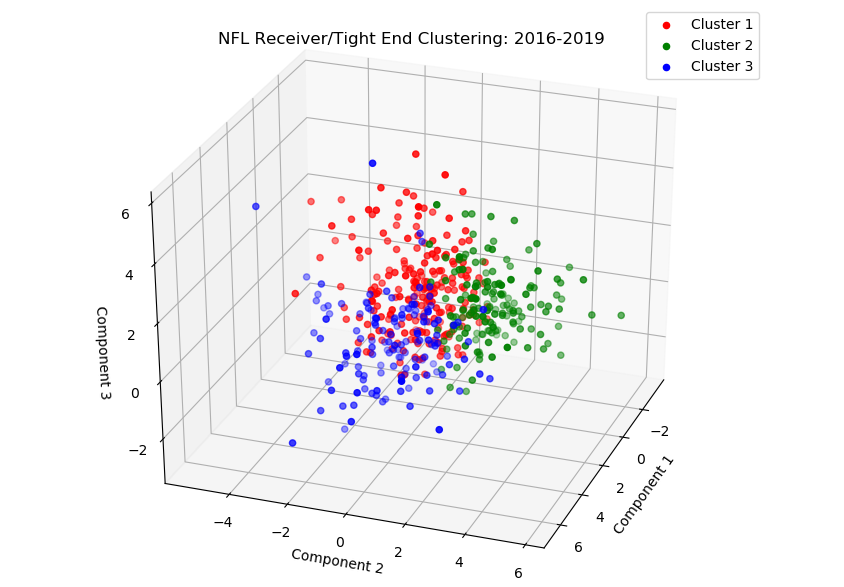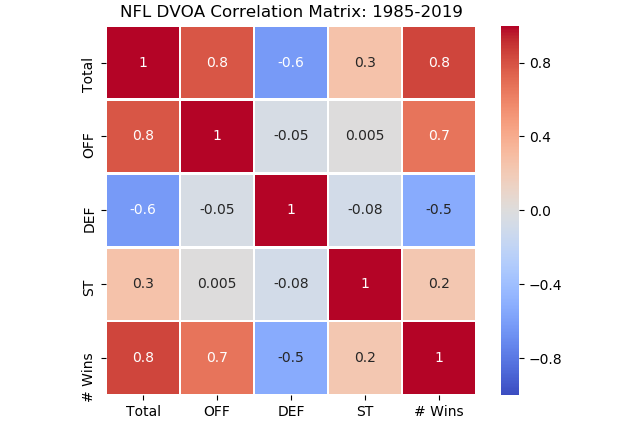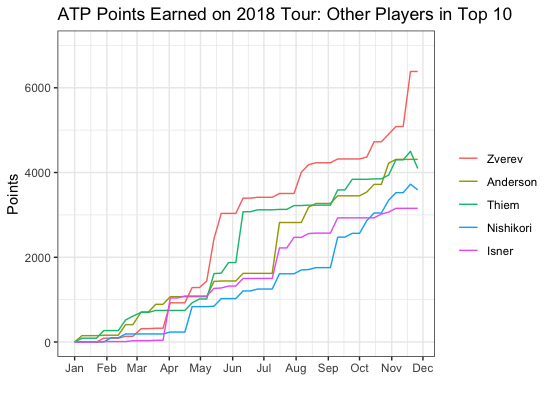Stripe
Software Engineer • 2025-Present
Stripe is an online payments infrastructure company whose goal is to increase the GDP of the internet. I got onboard to build a secure and fast edge infrastructure to connect Stripe's products to our users worldwide while shielding our services from the complexity of the internet. Stripe is as much a financial services company as it is a traditional software company, and I've learned a lot of new things in this sphere.
Microsoft
Software Engineer • 2021-2025
I returned to the same team that I interned with. My general focus was on improving capacity management and service reliability for SharePoint Online.
Software Engineer Intern • Summer 2020
I worked remotely with a team within SharePoint Online whose main focus was capacity management and disaster recovery.
Workato
Software Engineer Intern • Summer 2019
Workato is an integration automation company that is on the rise, and I was able to sneak into an internship there while they were still relatively young. Key accomplishments/takeaways:
- Primarily helped integrate AWS Simple Notification Service into Workato platform
- Played pivotal role in transporting boxes as we moved from old office in Cupertino to new one in Mountain View
Avi Networks
Software Engineer Intern • Summer 2018
Avi Networks is a multi-cloud application delivery company that was acquired by VMware just a year after I worked there. Key accomplishments/takeaways:
- First ever internship, in terms of sheer learning the steepest learning curve
- Primarily wrote a testing library, a relatively unimpactful project compared to the next two internships considering lack of experience at the time
Bruin Sports Analytics
President • 2020-2021
I capped off my journey by serving as President of the club, managing all of our operations and teams.
Journalism Chair • 2019-2020
In my 3rd year I took a leadership role and managed the production of our quarterly articles.
Data Journalist • 2017-2019
This club was founded during my first year of college. I spent the first two years writing articles that used data science to investigate contemporary sports topics.
BlackBox Trading, LLC
Strategy Development • 2018-2021
BlackBox is a project I worked on for 2 years. Our team creates systematic trading strategies based on statistical factors and deploys these strategies to trade on the stock market. I was approached during my 2nd year of college by a few high school classmates and we worked on it until we graduated. Key accomplishments/takeaways:
- Gained exposure to subjects (finance & trading) that I had little experience with
- Opportunity to stay connected with old friends and meet new people




